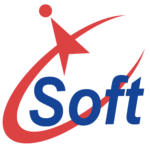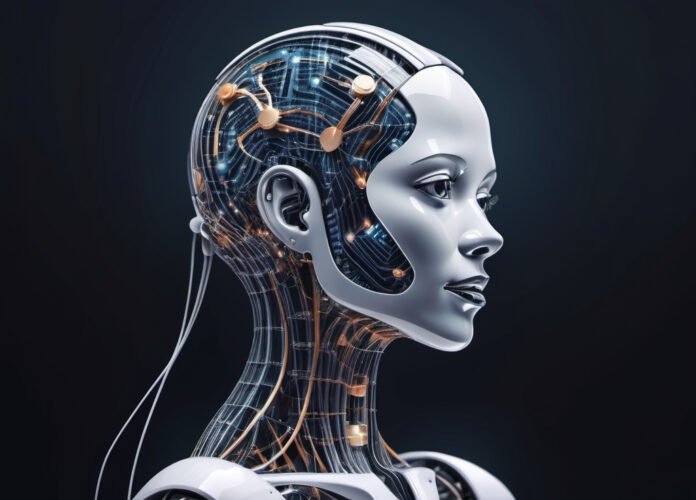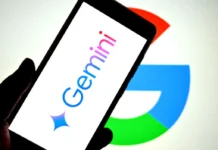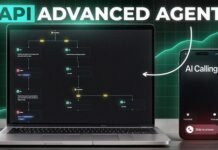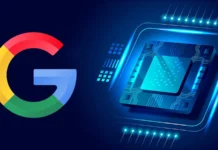Here’s a draft for your web article:
As we step into 2025, the landscape of AI continues to evolve, presenting transformative opportunities in generative AI. Reflecting on last year’s progress in generative applications, MLOps tools, and robust data pipelines, this year brings an even more exciting frontier. Let’s explore the key trends shaping the future of AI and what they mean for professionals, businesses, and innovators alike.
1. Agentic AI: A New Era of Autonomy
Agentic AI is poised to dominate 2025. These autonomous AI agents are designed to handle complex workflows with minimal human intervention, significantly boosting productivity. Organizations are heavily investing in agentic AI frameworks and tools, such as:
- Crew AI
- LangFlow
- LangGraph
- FiData
The potential of agentic AI to streamline intricate tasks and replace conventional platforms like SL platforms has been highlighted by leaders in the tech space, including Microsoft’s CEO. This trend not only promises a rise in job opportunities focused on agentic AI development but also ensures businesses can operate more efficiently.
2. Advanced AI Infrastructure
AI infrastructure is witnessing significant advancements, particularly in two key areas:
a. GPU as a Platform-as-a-Service (PaaS):
Infrastructure providers are partnering with companies like NVIDIA to offer scalable GPU access for training models, enabling startups to leverage cutting-edge hardware without massive upfront investments.
b. Inferencing Compute Engines:
As large language models (LLMs) and vision models grow in size and complexity, fast inferencing becomes critical. NVIDIA’s new Blackwell GPUs exemplify this shift, designed for both training and inferencing with enhanced speed and efficiency.
3. The Proliferation of Large and Small Models
The competition to build larger models with trillions of parameters will intensify, encompassing both LLMs and large vision models. Simultaneously, there’s a growing demand for smaller, efficient models optimized for AI edge devices. Examples include:
- 53 Model by Microsoft, an open-source LLM with fewer parameters, designed for quick and efficient responses.
- Small LVMs tailored for generative AI use cases in edge devices like NVIDIA’s Jetson Orin.
4. Generative AI on Edge Devices
Generative AI is moving beyond the cloud and onto edge devices. Tools like NVIDIA’s Jetson Nano and Jetson Orin bring powerful generative AI capabilities to localized environments. This trend is set to revolutionize applications in robotics, IoT, and embedded systems, enabling real-time AI processing at the edge.
5. Strengthening AI Security and Regulations
As AI systems grow more capable, concerns around ethical use and data security have become paramount. Governments worldwide are drafting regulatory frameworks to ensure responsible AI deployment. These regulations will define how AI models are trained, accessed, and utilized to prevent misuse and ensure compliance.
6. Rise of Open-Source Linguistic Models
Open-source AI models are gaining traction, thanks to collaborations between NVIDIA and companies worldwide. These partnerships aim to develop linguistic models tailored to regional languages, fostering inclusivity and accessibility in AI technology. Countries like India, Vietnam, and Indonesia are leading this charge, contributing to the creation of robust, open-source solutions.
7. Progress Toward Artificial General Intelligence (AGI)
While AGI remains a long-term goal, strides in generative AI suggest we are getting closer. Companies are pushing the boundaries of what AI can achieve, building smarter, more versatile models that edge us toward this ambitious milestone.
Preparing for the Future
The trends outlined above are not just technological advancements; they represent opportunities for professionals to upskill and align with emerging market demands. By focusing on these areas, individuals can position themselves for lucrative roles in AI development, application, and innovation.
As I continue to explore these topics, I’ll be sharing practical insights, project ideas, and tutorials on my YouTube channel. Stay tuned for hands-on guidance on building applications and leveraging the tools and frameworks that define the future of AI.
